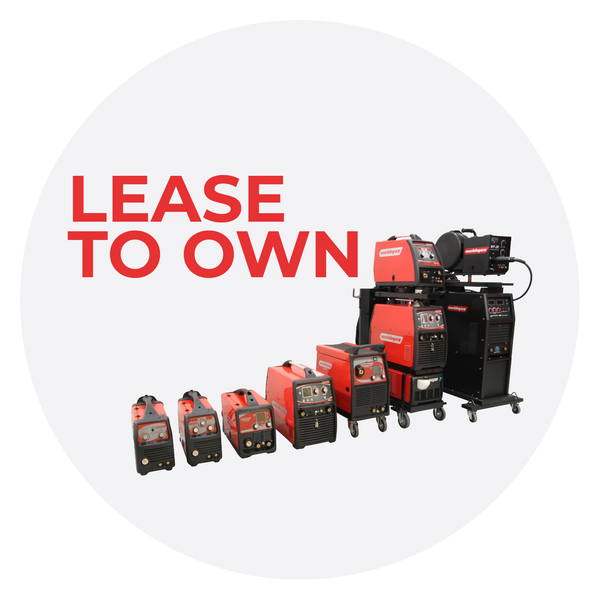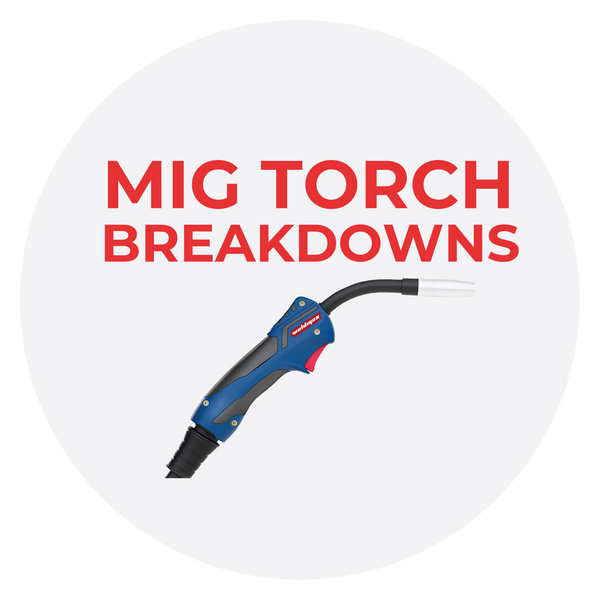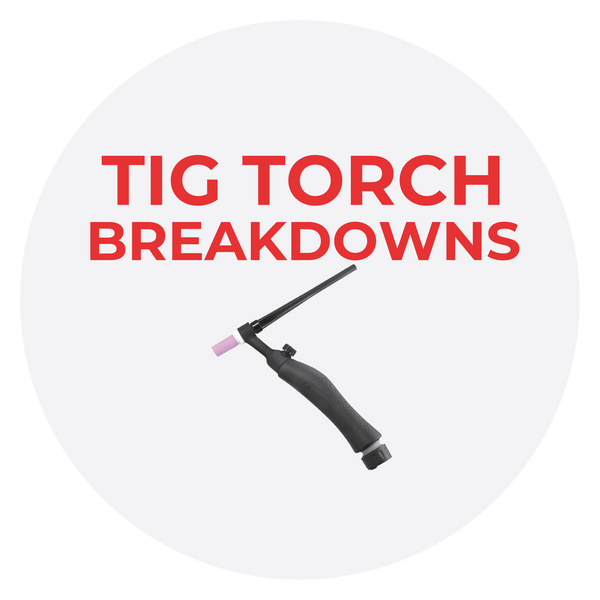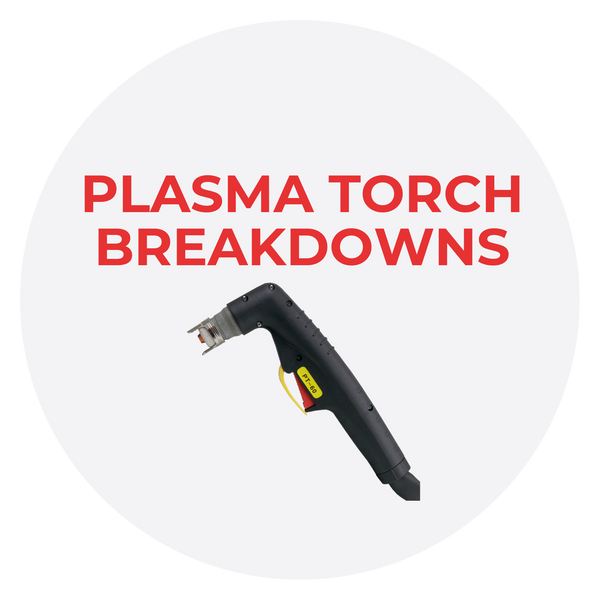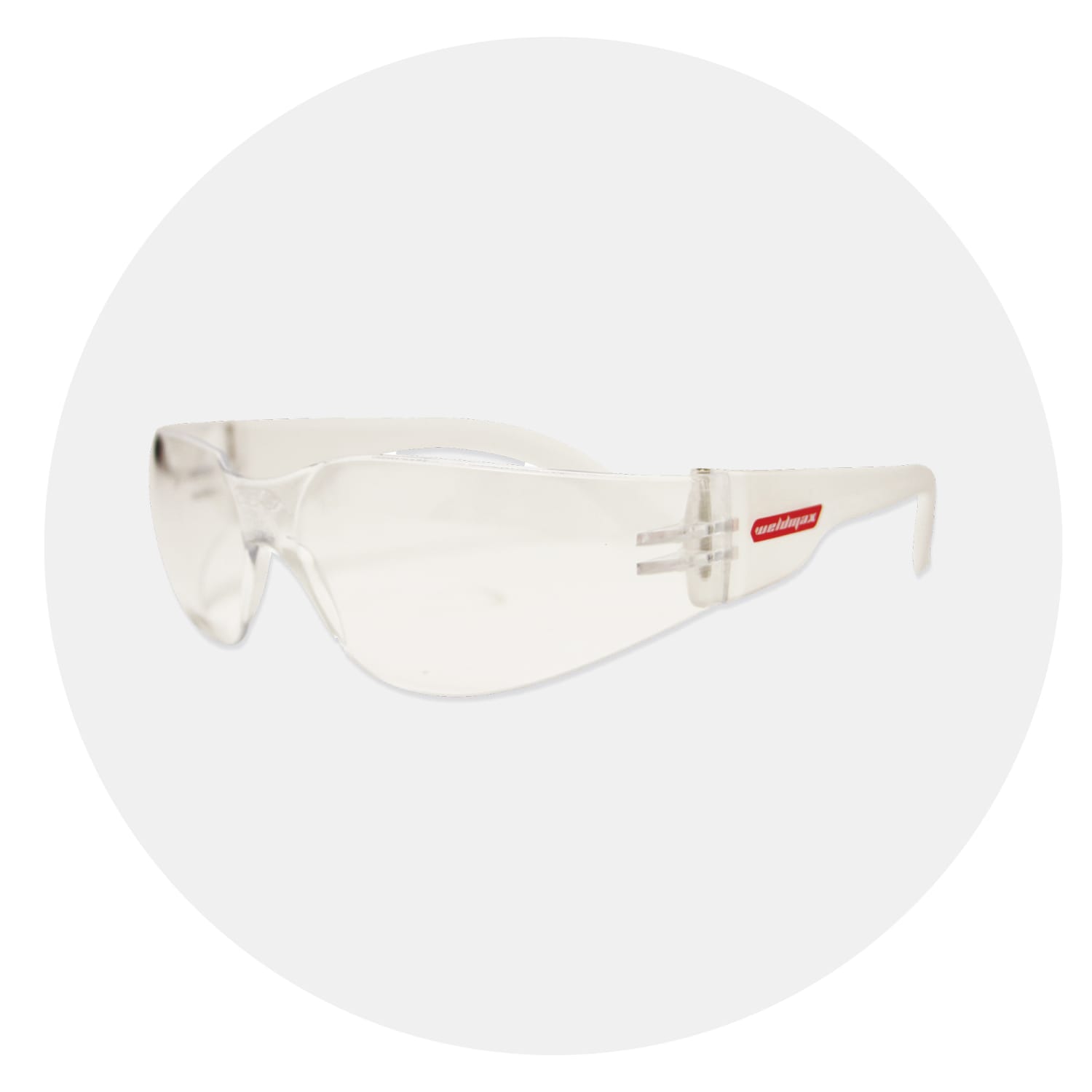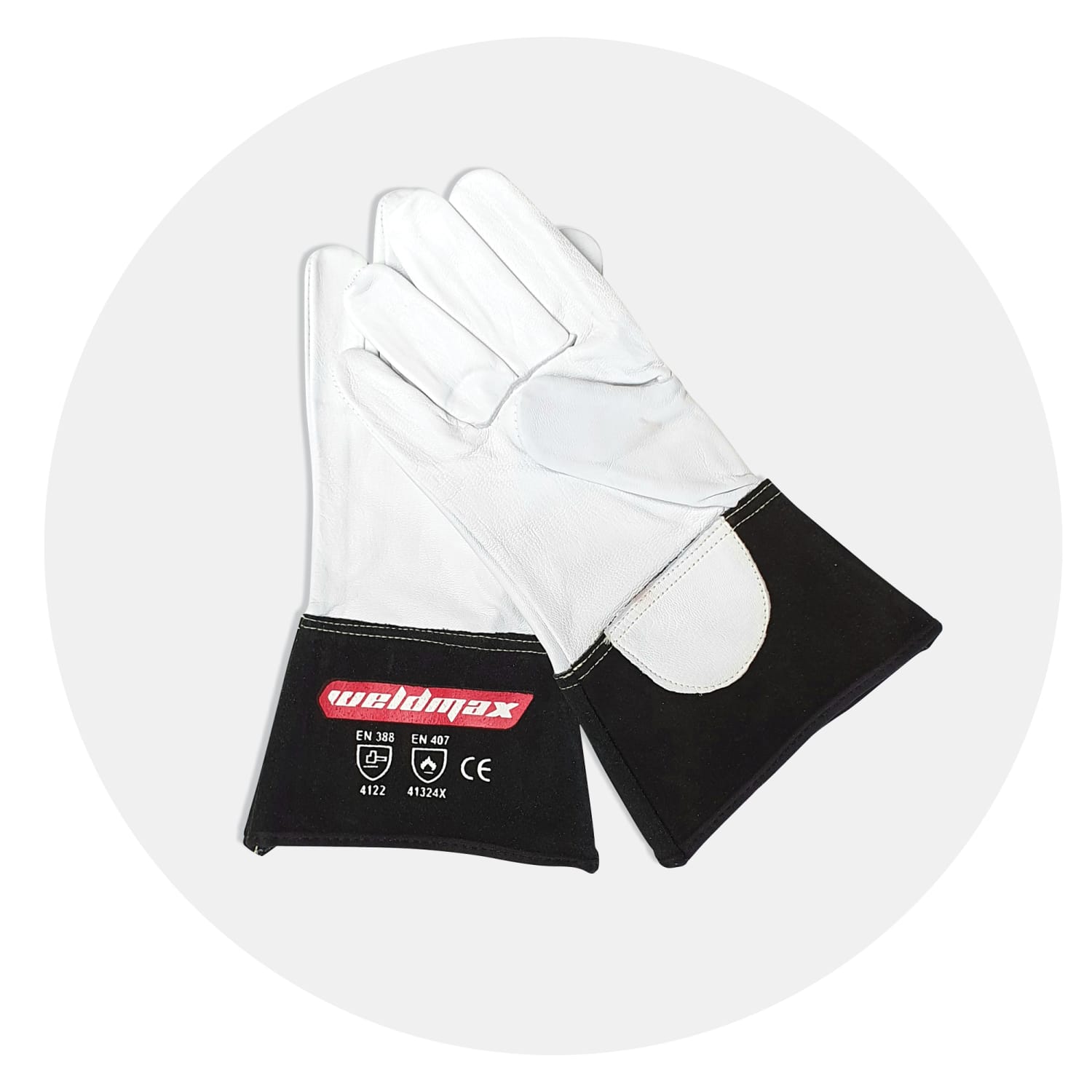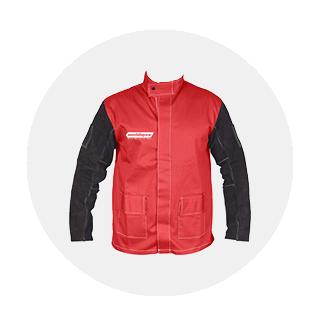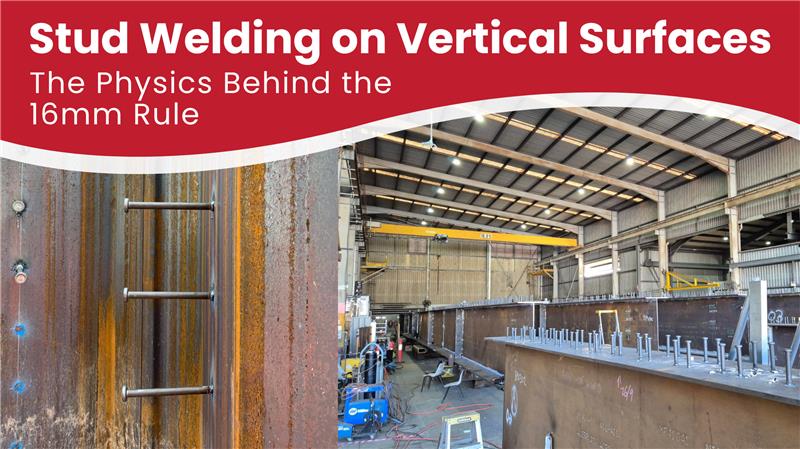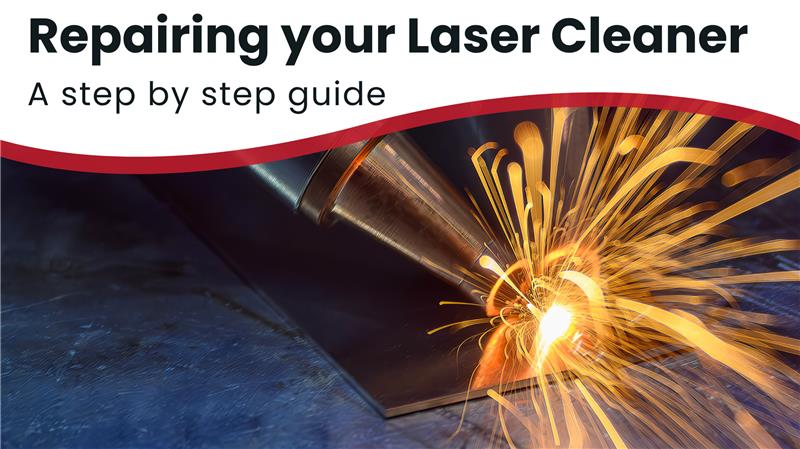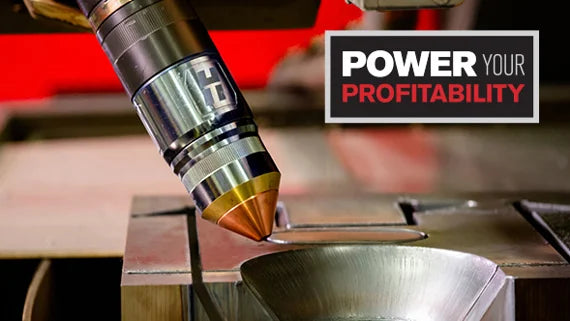Best Practices for the Responsible and Effective Use of Abrasive Products

Abrasive products improperly used can be very dangerous
• Always follow the instructions provided by the abrasive
product and machine supplier.
• Ensure that the abrasive product is suitable for its intended use.
Examine all abrasive products for damage or defects before
mounting.
• Follow the correct procedures for handling and storage of
abrasive products.
Be aware of the hazards likely during the use of abrasive
products and observe the recommended precautions to be
taken:
• Bodily contact with the abrasive product at operating speed.
• Injury resulting from product breakage during use.
• Grinding debris, sparks, fumes anti dust generated by the
grinding process.
• Noise
• Vibration
Use only abrasive products conforming to the highest
standards of safety. These products will bear the relevant EN
standard number and/or the inscription “oSa”
• In line with AS EN 12413 wheels should not be used past their
expiry date
• EN 12413 for Bonded Abrasives
• EN 13236 for Superabrasives
• EN 13743 for Specific Coated Abrasives (vulcanised fibre discs,
flap wheels, flap discs and spindle-mounted flap wheels)
Never use a machine that is not in good working order or one with
defective parts.
PRECAUTIONS AGAINST LIKELY HAZARDS
Bodily contact with the abrasive product
• Always take great care and attention when using abrasive
products. Tie back long hair and do not wear loose clothing,
ties and jewellery.
• Prevent accidental start-up of the machine before mounting
or changing an abrasive product. Isolate machines from their
power source where necessary.
• Never remove guards from machines where fitted and ensure
they are in good condition and properly adjusted before
starting the machine. Also ensure that any handles provided by
the machine manufacturer are property fitted.
• Always use gloves and suitable clothing where the workpiece
or machine is hand-held. For gloves, a minimum protection
level of AS 2161 is recommended.
• After switching off the machine, ensure the product has come
to rest before leaving the machine unattended.
Injury caused by product breakage
• Always handle abrasives with great care, they are easily
damaged. Examine all products for defects or damage before
use.
• Store abrasives in dry, frost-free conditions avoiding wide
variations in temperature. Ensure they are properly protected
and supported to prevent damage and distortion.
• Coated abrasives should be stored at 18-22° C, 45-65% relative
humidity.
• Abrasive belts should be hung on a rod or peg not less than
50mm diameter.
•
Never use an abrasive product beyond its expiry date where
marked. Observe the shelf life for the following specific
products: Resinoid and Shellac products 3 years, Rubber
products 5 years, Vitrified products 10 years.
• Check abrasive product or package for any warnings or other
safety information:

• Ensure that the correct abrasive product is selected. Never use a
product if it cannot be properly identified.
• Follow the instructions provided by the abrasive product or
machine supplier when mounting abrasive products. Observe
any mounting indications marked on the product such as
direction of run or mounting position.
• Never force the abrasive product onto the mounting fixture or
modify it to fit.
• Never exceed the maximum operating speed where specified.
• Check that the correct mounting devices are used and that
they are undistorted, clean and free from burrs.
• Use mounting blotters where supplied.
• Do not tighten the mounting device excessively.
• After mounting or re-mounting an abrasive product, conduct a
trial run at operating speed with the guard in place for at least
60 seconds, standing clear of the machine before use.
• Never remove guards from machines where fitted and ensure
they are in good condition and properly adjusted.
• Ensure that the workpiece is secure and properly supported.
Ensure that work rests are properly adjusted and secure.
• Never start the machine with the workpiece in contact with the
abrasive product.
• Never apply excessive force or shock to the abrasive product or
let it overheat.
• Do not grind on the part of the product that is not designed
for the operation. Avoid grinding with the edge of abrasive
belts, use the centre of the belt if possible.
• Avoid clogging and uneven wear to ensure that the abrasive
product is working efficiently. Dress frequently where
appropriate.
• Let the abrasive product stop naturally, not by applying
pressure to its surface. Turn off and spin out excess coolant
before stopping the machine.
• Do not leave abrasive belts under tension when not in use.
Grinding debris - sparks, dust and fumes
• Exposure to dust generated from workpiece and/or abrasive
materials can result in lung damage and/or other physical
injury.
• All dry grinding processes should be provided with adequate
extraction facilities.
• Do not use abrasive products near flammable materials.
• The use of respirators complying with AS 1715 is recommended
for dry grinding processes even if extraction systems are
provided.
• Guards where provided should be adjusted to deflect sparks
and debris away from the operator.
• Take additional measures to protect people working nearby.
• Eye protection is recommended for all machine applications for
abrasives. For hand-held machines or workpiece, goggles and
full-face shields are recommended.
• Eye protection with a minimum protection of AS 1336 is
recommended.
• Ensure that the correct abrasive is selected. An unsuitable
product can produce excessive debris and dust.
PRECAUTIONS AGAINST LIKELY HAZARDS
Noise
• Ear protection complying with AS 1270 is recommended for
all applications where the workpiece or machine is hand-held,
irrespective of the noise level.
• Ensure that the correct abrasive product is selected. An
unsuitable product can produce excessive noise.
Vibration
• Processes where the workpiece or machine is hand-held can
cause vibration injury.
Action needs to be taken if tingling, pins and needles or
numbness is experienced after 10 minutes continuous use of
the abrasive product.
• The effects of vibration are more pronounced in cold
conditions so keep the hands warm and exercise hands and
fingers regularly. Use modern equipment with low vibration
levels.
• Maintain all equipment in good condition and stop the
machine and have it checked if excessive vibration occurs.
• Use good quality abrasive products and keep them in good
condition during their life.
• Maintain mounting flanges and back-up pads in good
condition and replace if worn or distorted.
• Do not grip the work piece or machine too tightly and do not
exert excessive pressure on the abrasive product.
• Avoid continuous use of the abrasive product.
• Use the correct product. An unsuitable product can produce
excessive vibration.
• Don’t ignore the physical symptoms of vibration - seek medical
advice.
DISPOSAL OF ABRASIVES
• Used or defective abrasives should be disposed in accordance with local or national regulations.
• Further information can be obtained from safety data sheets provided by the supplier.
• Be aware that the abrasive product may be contaminated with material from the workpiece or process after use.
• Disposed abrasive products should be destroyed to prevent them from being taken from waste skips and re-used.
CORRECT WHEEL & FLANGE COMBINATION
• For cutting wheels, both flanges should be equal and minimum 1/3 of wheel diameter.
• Flanges should be well maintained and free from rough edges

General Principles of Safety
• Abrasive products improperly used can
be very dangerous.
• Be aware of the hazards likely during
the use of abrasive products and
observe the recommended precautions
to be taken.
• Use only abrasive products conforming
to the highest standards of safety. These products will bear the relevant EN
standard number and/or the inscription
“oSa”.
• In line with AS EN 12413 wheels should
not be used past their expiry date.
• Never use a machine that is not in good
working order or one with defective
parts.
Employers should carry out a risk assessment on all individual abrasive processes to determine the appropriate protective measures necessary. They should ensure that their employees are suitably trained to carry out their duties.
"IMPORTANT NOTICE
Every effort has been made to ensure that all information
supplied in this article is accurate and up to date.
We cannot accept, however, responsibility for any error
omission, nor for any consequential loss or damage so
arising (E & OE).
© FEPA 2004"
This article is only intended to provide basic safety recommendations.
We strongly recommend that for more detailed information on the safe
use of abrasive products, comprehensive Safety Codes are available
from FEPA or your National Trade Association:
• FEPA Safety Code for Bonded Abrasives and Precision
Superabrasives
• FEPA Safety Code for Superabrasives for Stone and Construction
• FEPA Safety Code for Coated Abrasives
By adhering to proper safety measures, users can significantly reduce the risks associated with abrasive product usage.
This comprehensive guide by Pferd serves as a valuable resource, emphasizing the importance of safety in working with abrasive products.
Remember, safety is a collective responsibility, and adopting the best practices outlined here will help create a secure environment while optimizing the effectiveness of abrasive tools.
Prioritizing safety ensures a successful and injury-free experience when working with Pferd's high-quality abrasive products.
Article by Pferd: To know more about product safety & proper safety equipment please visit www.pferd.com



